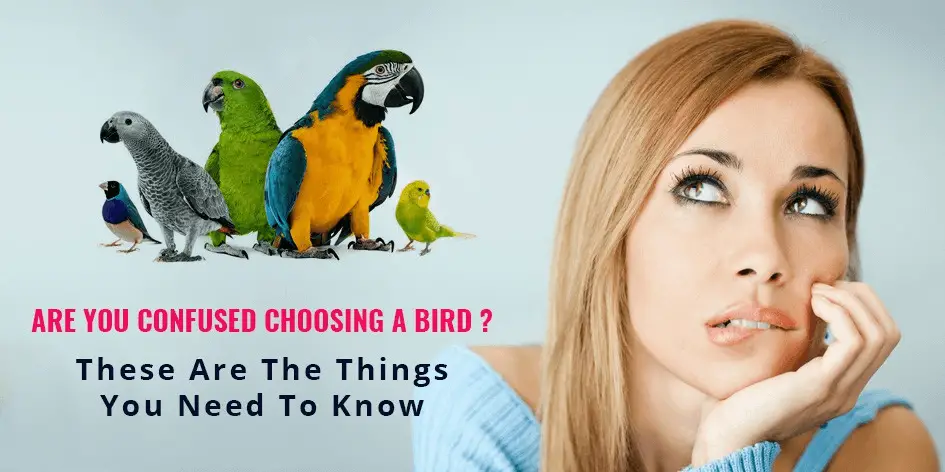
Best pet parrot: Be realistic about your abilities
•How much quality time are you willing to put into your relationship with your bird?
•Will you have the money available for necessities and vet visits?
•Will you put the effort into writing your will or creating a Pet Care Trust to provide for your pets after you are gone?
•Will cage cleaning and food preparation become boring to you after 5 years? How about 50?
•Have you previously given up pets because of your lack of time, personality conflicts, or interest?
•Someday, would you rather travel than have pets?
•Does your family agree with your decision?
•Is your living situation stable or will you have to move?
Choosing a parrots
Daily duties:
•Maximum out of cage time
•Cage Cleaning
-Both inside and around the cage
•Washing dishes
•Feeding
•Chopping veggies, cooking mash, purchasing quality bird care products
•playing with, exercising, teaching, and training the bird
•Not just cuddling in front of the TV
•Rotating and creating new toys and other enrichment
•Giving the birds time outside either in an aviary or on walks
•Consider a bird social group or club that your bird can attend
Other Considerations
•Who wants the bird?
–Is anyone in the house against getting a bird?
–Is the bird a present for a child? What will happen when the child grows up? An adult should always be the primary caretaker.
–Parrots are a family responsibility.
•Where do you live?
–Smaller places = Smaller cage size = Smaller bird
–Condos, apartments, and even close city houses may not be a good match for noisier birds
•Are you a neat freak?
–Does poop between your toes and on your clothes bother you?
–Does having your woodwork and new furniture chewed up to bother you?
–Will the constant cleaning irritate you or anyone else in the house?
–Do you mind sticky rotting fruit and veggies strewn all over you your floor and walls?
Does everyone in your family have a high tolerance for noise?
•Can you afford a bird?
–The bird is the least costly thing you’ll buy
–Cage, toys, play-stands, aviary
–Fresh food and pellets (half of which will be wasted!!)
–Veterinary visits annually and for emergencies by an avian vet
–Magazines, seminars, and books to keep you up to date
–Possible consultations with a behaviorist
•An avian pet-sitter or bird boarding facility when you want to leave the house for the weekend ($40 a day can be average).
•What about your other pets?
–Cats may not mix well with small birds.
–Ferrets don’t mix well with any birds.
–Some reptiles and some dogs don’t work well either.
Choosing a Young Bird
•More easily tamed and trained
•Take much more time
•Will more readily accept new foods and things in their lives
•Because of the ease of handling them, baby birds can give a false sense of accomplishment
•Owner has a huge responsibility to socialize them and teach them about life – birds need to learn to be self-sufficient.
•Will have to go through teenage angst
Choosing an older bird
•Mature Birds can be more calm and sedate.
•Personalities can be more predictable.
•If the bird is a nice bird at a mature age, it will probably remain a nice bird.
•Will still live a very long time.
•May have to make up for the previous owner’s poor care or misguidance.
•Have already sexually mellowed out.
Never buy an unweaned baby bird!
•Pet shops try to sell unweaned baby birds because they are extremely time-consuming to feed.
•Myth: ”Your new bird will only bond to you if you hand feed it”
•AFA and AAV both oppose the selling of unweaned birds to inexperienced consumers.
•Read the “Taylor is Gone” handout.
•The weaning of chicks is a very specialized process, and the best parrot breeders will do it for the maximum benefit of the chick.
• It is very easy to kill or severely injure your chick by making a small mistake of hand-feeding.
•Chicks must be monitored constantly with a professional eye while weaning to make sure they are taking in enough food.
•Many psychological development stages are nurtured or handicapped by the methods used for weaning.
•Chicks must be introduced to a wide variety of foods while weaning.
Fledging
•A responsible breeder will allow the bird to fledge
•Develops mental skills
•Confidence and assertiveness
•Choices
•Distance gauging and maneuverability
•Possibly prevents future behavioral problems
•Develops physical skills
•Muscle mass
•Dexterity
•Bone development
•Coordination
•Birds were meant to fly!
Buying a parrot at a pet store
•Where do the babies come from? Do you know if they were raised in a clean, safe, nurturing environment?
•Is the pet store clean? Cluttered? Dusty? Poopy
•Are the cages clean? Roomy? With toys and enrichment?
•How do the birds look? Healthy and active? Sick and fluffed? Are they overcrowded? Are they housed with their own size bird or are all species mixed together?
•What are they feeding the birds? All seeds, or a balanced diet?
Other pet store considerations
•Is the staff knowledgeable, friendly, and helpful? How can you tell?
•Does the staff communicate up to date information? Will they be a good resource for you in the future?
•Watch the birds you are interested in for a long time and make more than one visit.
•Make sure the birds seem happy and healthy over a few weeks before you decide to purchase one.
•Does the store offer a health guarantee? Will the store disclose the bird’s medical records? Do they keep medical records?
•DON’T RUSH! This decision is one you will live with for a very long time!
•Don’t buy a bird just because you feel sorry for it in a bad pet store situation. If you do, the pet store is rewarded for keeping animals in an unpleasant condition
Before you purchase from a store:
•Ask avian veterinarians, former customers, fellow bird owners for their opinions of the store and the quality of its babies.
•Ask what methods are used to wean and socialize the baby birds.
•Ask if they sell unweaned babies.
•Ask about the store’s quarantine policies with new birds coming into their store. Are all customers allowed to shop with their birds in the store? That creates huge cross-contamination and disease problem, especially for young birds.
Classified ads = Russian Roulette
•Sometimes can be a small responsible breeder
•Sometimes can be abused and neglected birds
•Sometimes can be horrible behavioral problems that the owner can’t solve and still wants $$
•Good Luck! Remember that classified ad sellers have few reasons to tell you the truth about the bird. They often just want the bird off their hands.
Bird Marts & Shows
•Huge potential for disease transmission to adult and baby birds.
•Often, breeders will force a baby to wean to get it ready for the day of sale.
•Breeders are motivated to sell and will often paint a rosy but inaccurate picture of the bird or species.
•If you buy supplies at these marts, disinfect them thoroughly before giving to your own bird.
•Disinfect yourself before handling your own bird after attending a mart.
•They can be a way to meet a lot of potentially good breeders who don’t bring their babies to the show.
•But never take your bird!!
Bird Shows
•Just because a bird is a big winner in a bird show does not guarantee its pet quality or health!
•As with purebred dogs, many parrot mutations come with resultant problems!
Responsible breeders
•See who the veterinarians recommend.
•Visit their facilities and compare them with the same criteria as pet stores.
•Know that many breeders won’t let you see their actual breeding pairs because of the chance of disturbing the nests.
•Make sure they are MAP certified.
•Ask who really good pet stores recommend.
•Always be an educated consumer.
•Cheaper does not mean better.
Choosing a Parrot Think Adoption First!
Adopting a bird from a Parrot Welfare Organization
•They will have had the bird for a period of time and will be blatantly honest with you about its personality traits.
•They will require more from you as an adopter than a retail store selling a product.
•They should provide LOTS of information to you about bird ownership.
•They have the welfare of the bird in mind, not $$$.
•They are motivated to primarily make a good match between bird and owner.
•Bird will be somewhat less expensive than a young bird.
•Organizations like this will help you on a long-term basis, and in return need your continued support.
The first step after you choose your parrot – take it to a qualified avian veterinarian!
•We recommend doing this before you even take it home if you buy it from a pet store.
•Excellent breeders require a medical check-up within a short time of purchase. This protects the breeder’s reputation.
•Parrot Welfare Organizations may or may not have a medical protocol in place that shows the bird is healthy. If you don’t know their medical protocol, take the bird to the vet immediately!
•If the bird has an unknown medical history, quarantine it for 6 weeks away from any other birds in your household until you can be assured of its health – there are many diseases that can’t be tested for.
What Species Fits Me?
Domesticated animals come in different breeds.
•Parrots come in different species.
•Different breeds of dogs = Chihuahua vs. Great Dane = both are Canis familiaris = same species
•Different Species of Felis = Domestic cat vs Tiger
•Different Species of Birds = Grey parrot (Psittacus erithacus Erithacus) ) vs. Blue and Gold Macaw (Ara ararauna)
•A house cat and a tiger are much more closely related to each other than a Grey parrot and a Macaw!
Parrot Species
Mutations
•A parrot who comes in a color “not generally found in nature” is a mutation.
•A mutation is a genetic defect resulting in a color change
•– Budgies have 2 primary pigments: Yellow + Blue = Green
•– Budgies can lose either the yellow or blue pigment – making a blue
or yellow budgie
•In the wild, color mutations rarely get the chance to breed with normal birds.
•Mutations are encouraged in captivity by small gene pools.
•Intentionally breeding mutations can cause other physical problems in the birds due to inbreeding
Hybridization occurs when 2 different species interbreed.
•Lion + Tiger = Lyger
•Greenwing macaw + B&G macaw = Harlequin macaw
•Hybrids will have traits of both species, but genetically are different from both.
•Hybridization is considered very undesirable from a conservation viewpoint because there is no way to know if some birds are still the pure parent species.
•If a bird is 99% Greenwing and 1% Scarlet, it is still not a Greenwing macaw biologically. Its descendants will never be pure Greenwing macaws.
•Hybrids can have behavioral traits different from the parent species, which can make it difficult for that bird to interact with birds from the original species of birds.
•If a species of parrot is critically endangered, we have a higher chance of destroying that species if hybrid birds are introduced, ESPECIALLY if the hybrids look similar to the original species.
The top 20 best pet parrots
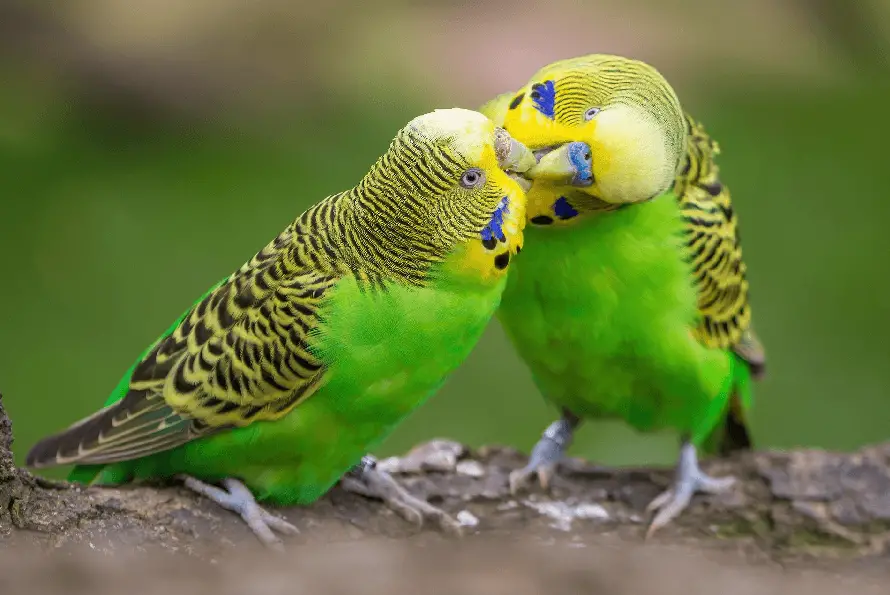
Best pet parrot
Budgerigars
•Australian parrots
•Most popular parrot
•Kept in captivity for 100 years
•Sexually dimorphic – males have a blue cere
•Great talkers – hold the world’s record for talking
•Relatively quiet, small size
•Very active
•Needs time out of the cage
•Not all parakeets are budgies –parakeets can be any small parrot with a long tail.
•Budgerigar is an Australian aboriginal word meaning “good to eat”
•Fancy colors are mutations
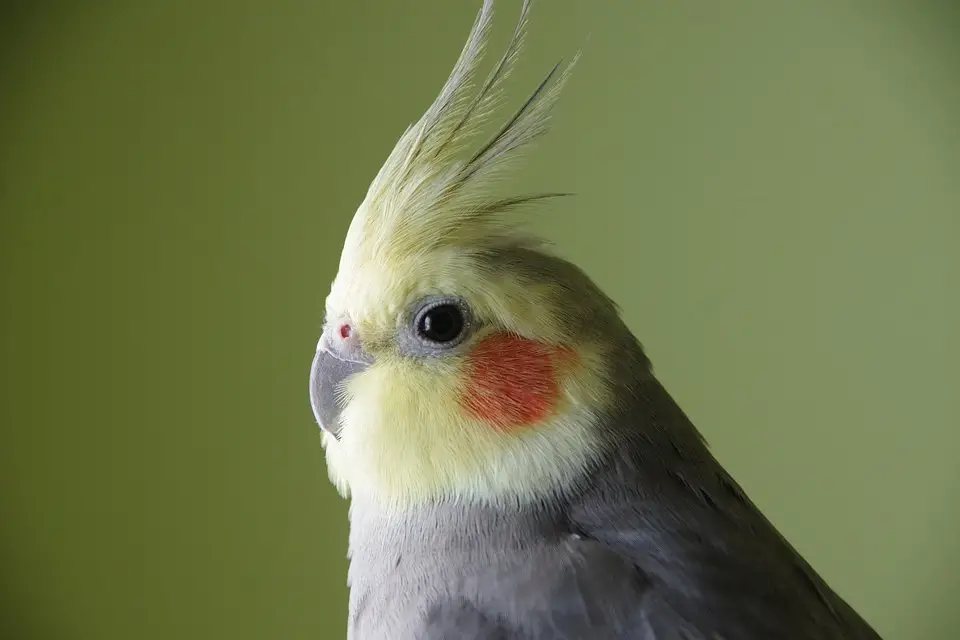
Best pet parrot
Cockatiels
•Australian parrots
•2nd most popular parrot
•Many mutations available
•Fairly quiet voices
•Small size
•Still need a roomy cage for exercise
•Need out of cage time regularly
•Good whistlers
•Superb, aerodynamic fliers

Best pet parrot
Lovebirds
•Very active
•Somewhat loud
•Are known for being territorial – females especially!
•For pet quality, best kept alone, or out of the cage often
•Enjoy toys
•Can be very interactive pets
•They are always interested in what you are doing!
Grass Parakeets
•Australian parrots
•Quiet voices
• Very active birds
•Need a flight cage or aviary
•Strong fliers
•If kept in groups, do not need regular human interaction

Rosellas
•Small Australian parrots
•Can be very aggressive and flighty
•Very active, busy birds
•Moderate loudness
•Not cuddly
Kakarikis
•Small, highly active parrots
•From New Zealand
•Very strong chewers
•Need a lot of toys
•Friendly, but need close supervision to keep them out of trouble
Brotogeris
•South American parrots
•Grey cheeked and Canary winged Parakeets
•Intelligent, gentle and affectionate
•Quite active
•Become very attached to their owners
•Quiet
•Called Pocket “Parrots “

best parrots to have as pets
Parrotlets
•South American equivalent of the Lovebird
•Intelligent, active
•Good talkers
•Very good pets
•Love to be out of the cage
•Quiet
•Very territorial
•Green rumped is the smallest parrot
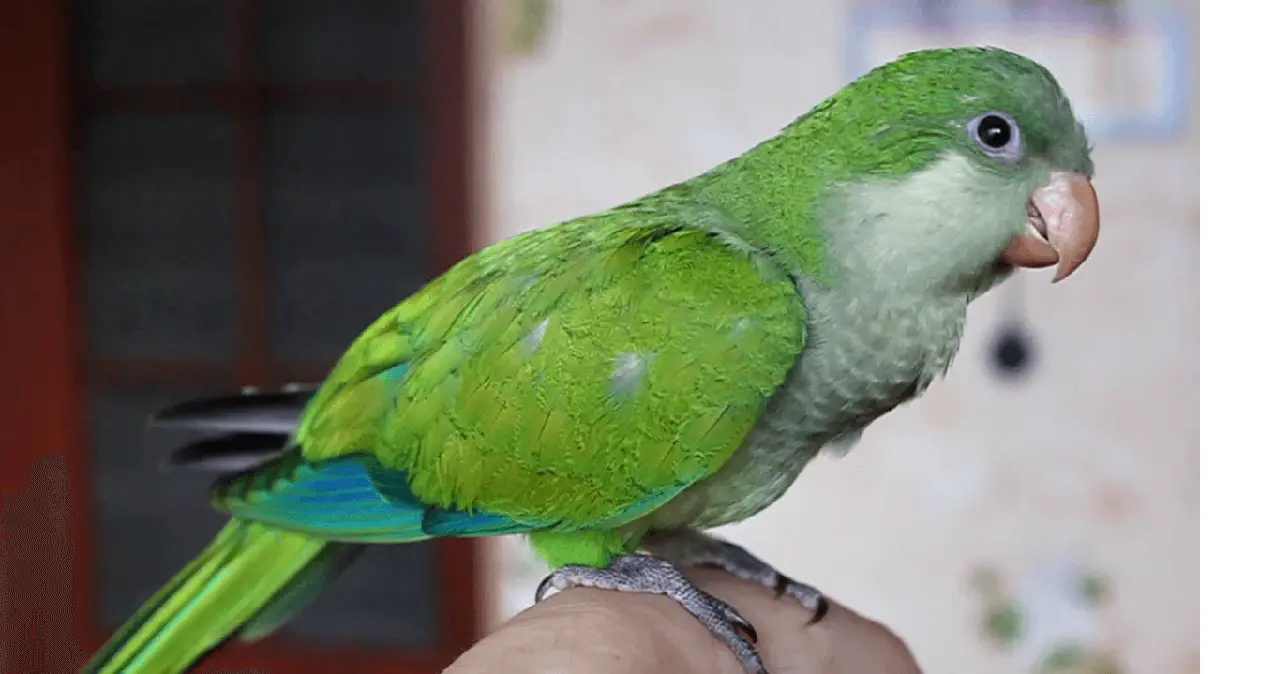
best small parrot for pet
Quaker Parakeet
•South American parrot
•Also known as Monk parakeets
•Build colony nests in the wild instead of living in cavities
•Good talkers
•Very active
•Cage territorial
•Are outlawed in some states, as they have colonized certain areas.

best parrot to buy
Ringneck Parakeets
•Gentle, active birds
•Need large cages
•Can talk
•They have very long, beautiful tails
•They are bred with many color mutations
•Can be shy

Poicephalus Parrots
•African parrots
•Quiet, nice and small
•Includes Senegals, Jardines, Cape, Red Red-bellied and Meyer’s parrots
•Some can be good talkers
•Very active and acrobatic
•Strong willed and can become territorial, especially with other Poicephalus species
•Having two of the same species doesn’t necessarily work well

Conures
•Broad name for small to medium long-tailed South American parrots covering many different genera
•Aratinga and Patagonian conures are very loud
•Pyrrhura conures (green cheek, black cap) are quieter
•Smart and very active birds
•Can be quite affectionate
•Some can talk
•Need a lot of exercises
•Love to bathe

grey parrot as pet
African Grey Parrots
•African parrots
•2 subspecies: Timneh and Congo
•Great talkers
•Prone to feather picking
•Can be nervous
•Produce powder down so they are more allergenic

Lories
•Nectar eating parrots from the South Pacific
•Very intelligent
•Can be good talkers
•VERY messy
•Pure nectar diet creates liquid poop that can be shot across the room
•They are very active and loud
•Develop diet-related health problems at a young age
Hawkheaded Parrots
•Very active birds
•Unusual plumage and neck feathers
•Ruff is raised to intimidate people or other parrots
•Some can talk
•Fairly rare in captivity
•Can become very territorial
•Can have major personality changes when mature
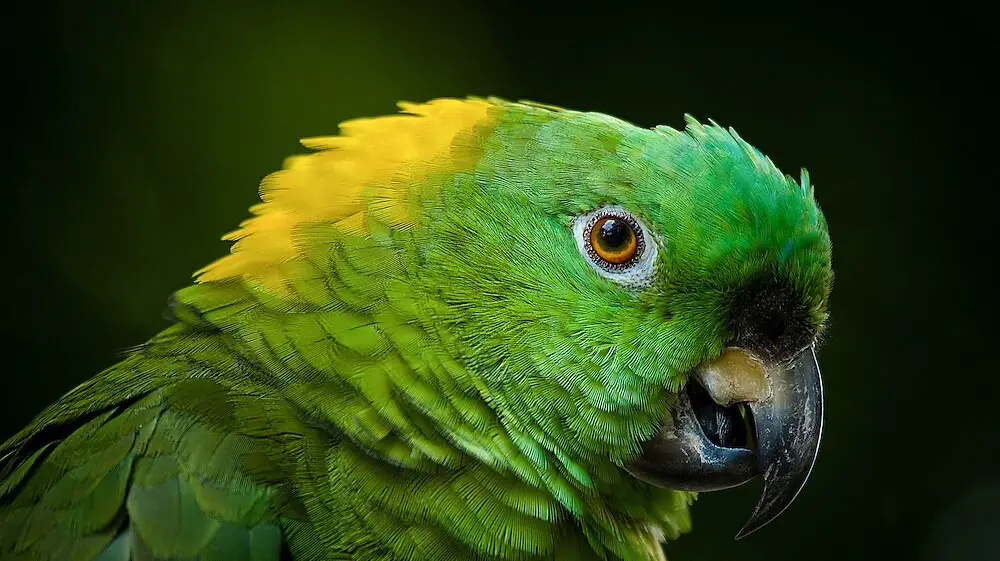
Amazon Parrots
•South & Central American parrots
•Many Amazona species
•The bigger the species, the noisier the Amazon!
•Double Yellowhead and Yellow-naped Amazons are especially known for their talking ability
•Can become easily overexcited and aggressive
•Very physically active
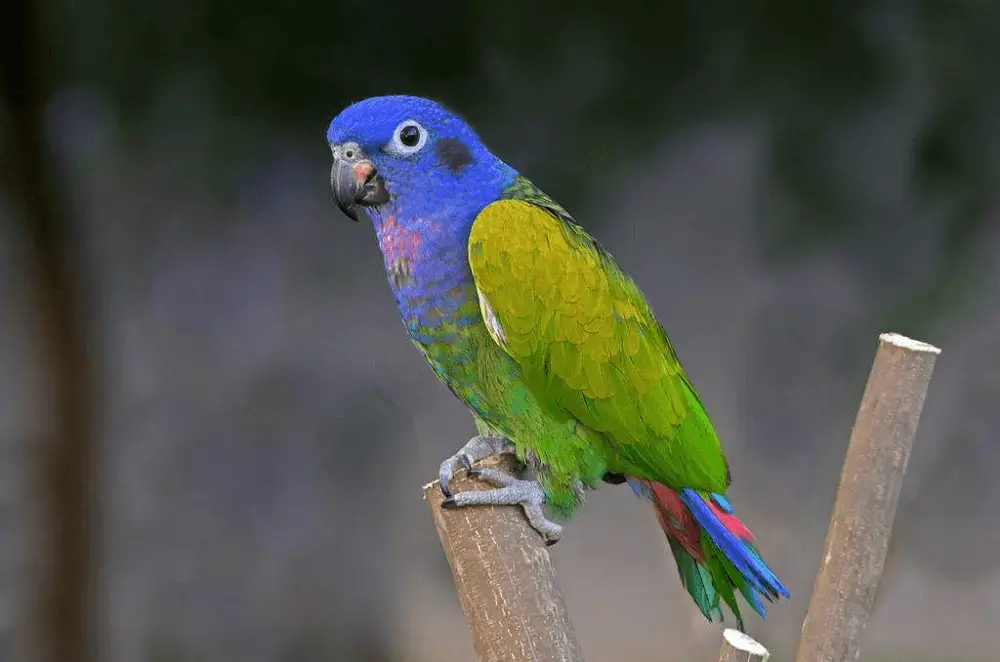
Pionus Parrots
•South American parrots
•Quiet, charming medium-sized birds
•Can be aggressive and bossy
•Not cuddly
•May wheeze when excited
•Prone to respiratory disorders, especially aspergillosis
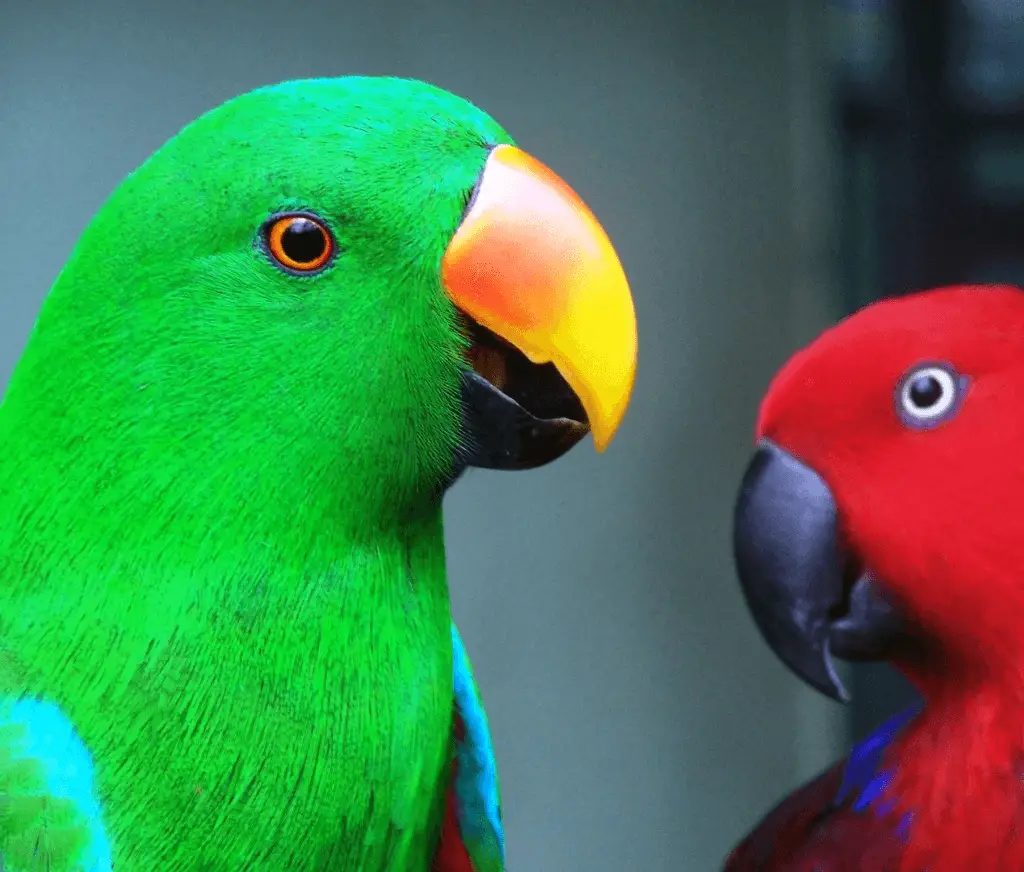
Eclectus Parrots
•African parrots
•Sexually dimorphic
•Not very physical; often hormonal and act broody
•Good talkers
•Females can be aggressive toward other birds
•Generally calm demeanor
•Prone to screeching, dietary problems, and feather picking
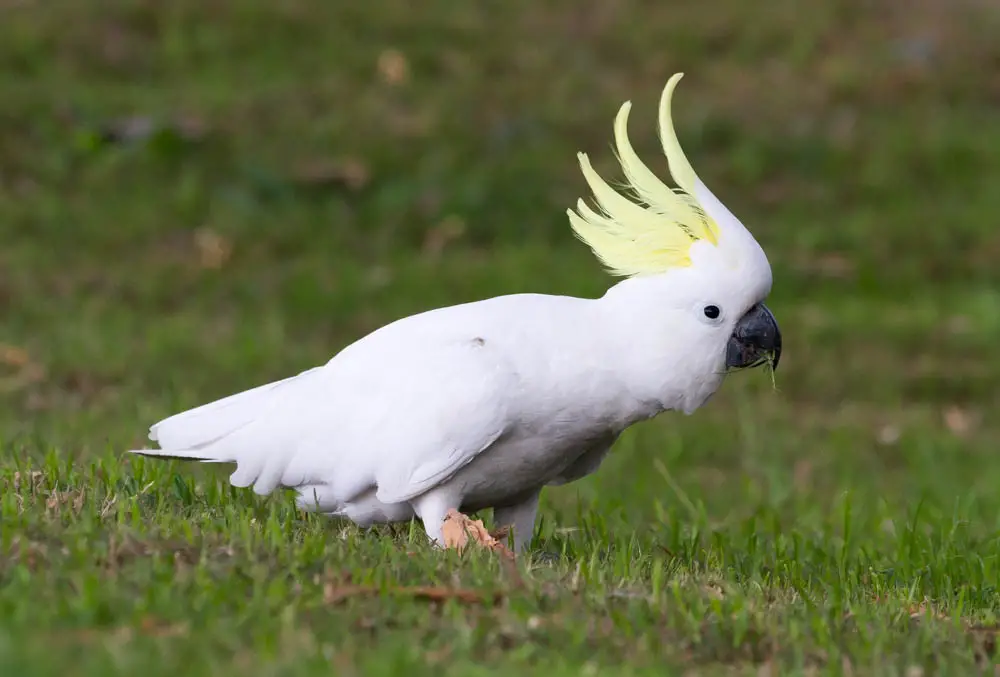
Cockatoos
•Australian and Southeast Asian parrots
•The perpetual 2 year old of the bird world
•Extremely loud
•Demand a lot of attention and time.
•Very intelligent and manipulative
•Very destructive
•Can become aggressive
•Are very physical and cuddly
•Prone to feather picking and over bonding with humans
•Wide variety of sizes and species and personalities

Macaws
•Many species and sizes
•Very intelligent and outgoing
•Very loud
•Can be very destructive if not entertained
•Can be aggressive
•Need a lot of space, exercise, and activity
•Need a large, durable cage
Parrot Talk
•All parrots will vocalize, they are wild animals whose voices must carry through their environment.
•Everyone has a different tolerance for noise in their home, one man’s budgie may be another man’s cockatoo!
•Generally quieter species
–Rose-breasted cockatoos, Pionus, Poicephalus, smaller Amazon parrots, Pyrrhura conures, other parakeets
•Louder species
–Miniature macaws, Quakers, Conures, Cockatiels, Lovebirds, Budgies, Greys, Eclectus
•Really Loud species
–Large Macaws, Cockatoos, Larger Amazons, Aratinga, and Patagonian conures.
Parrot Affection Levels
Really enjoy being handled
•Cockatoos, Macaws, Conures
Like head scratches sometimes
•Grey parrots, Amazons, Cockatiels,
•Poicephalus, Lovebirds, Budgies, Parrotlets
Minimal Handling
•Eclectus, Hawkheads
•Caiques
•Ringnecks, Rosellas
Parrot Energy Levels
Calmer species
•Mealy amazons, Orange wing amazons, Hyacinth and Green-winged macaws, Eclectus, Grey parrots
Medium energy species
•Lilac crown Amazons, conures, Poicephalus, Pionus, Timneh greys, Blue and Gold macaw
High energy species
•Caiques, small macaws, lovebirds, budgies, lories, cockatoos, Quakers, DYH amazons, Yellow Naped Amazons, Blue front amazons
Adding to Your Flock
•Having birds is so exhilarating that it is easy to get too many too fast.
•Baby birds encourage this because of their ease of care and lack of behavioral problems.
•ONE more bird than you can adequately take care of is too many!
•This level differs for each person and lifestyle.
•How will adding more birds affect the care of your existing birds?
Adding to Your Flock
•Consider a bird’s life span when adding to your flock.
•Keep in mind that most of these birds will live 15-80 years…if you added even a bird a year to your flock, it would quickly overwhelm even the best of bird owners!
•Who will take care of your birds when you are gone or no longer can?




















